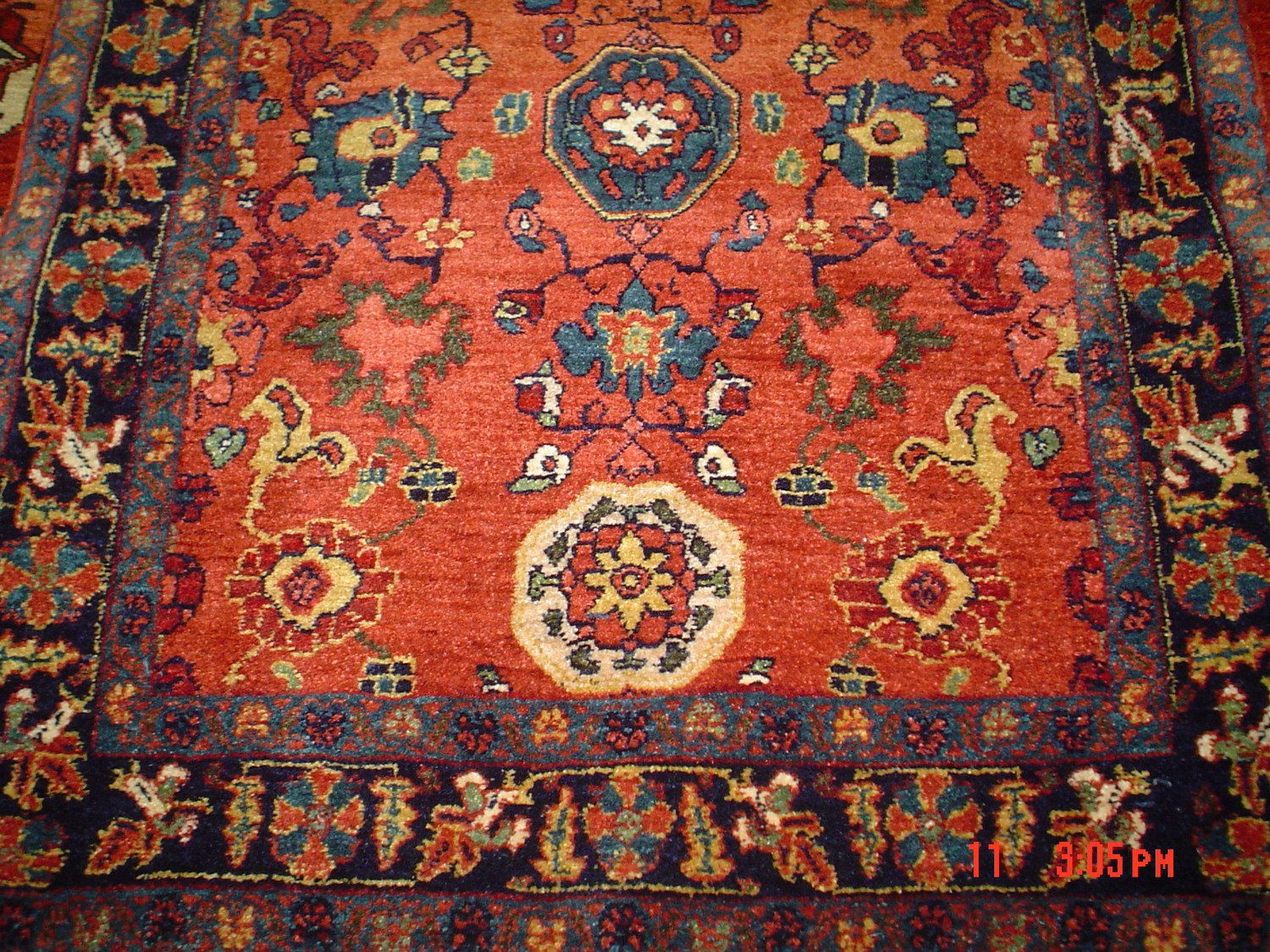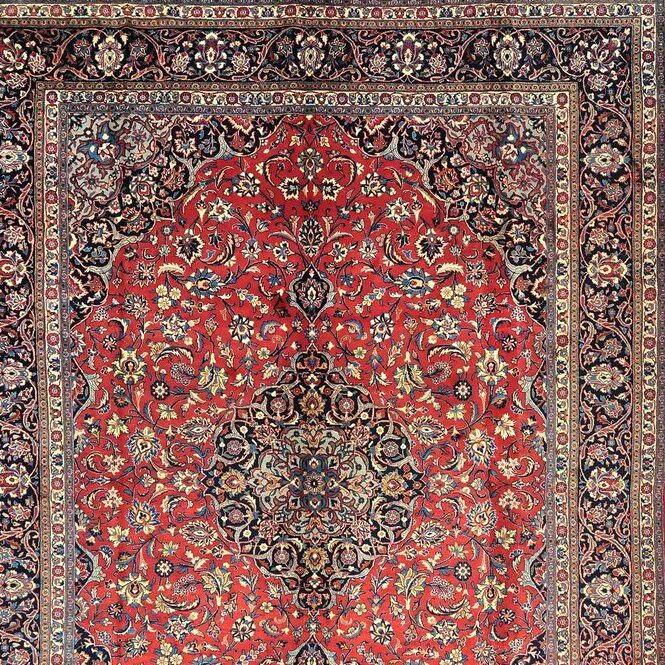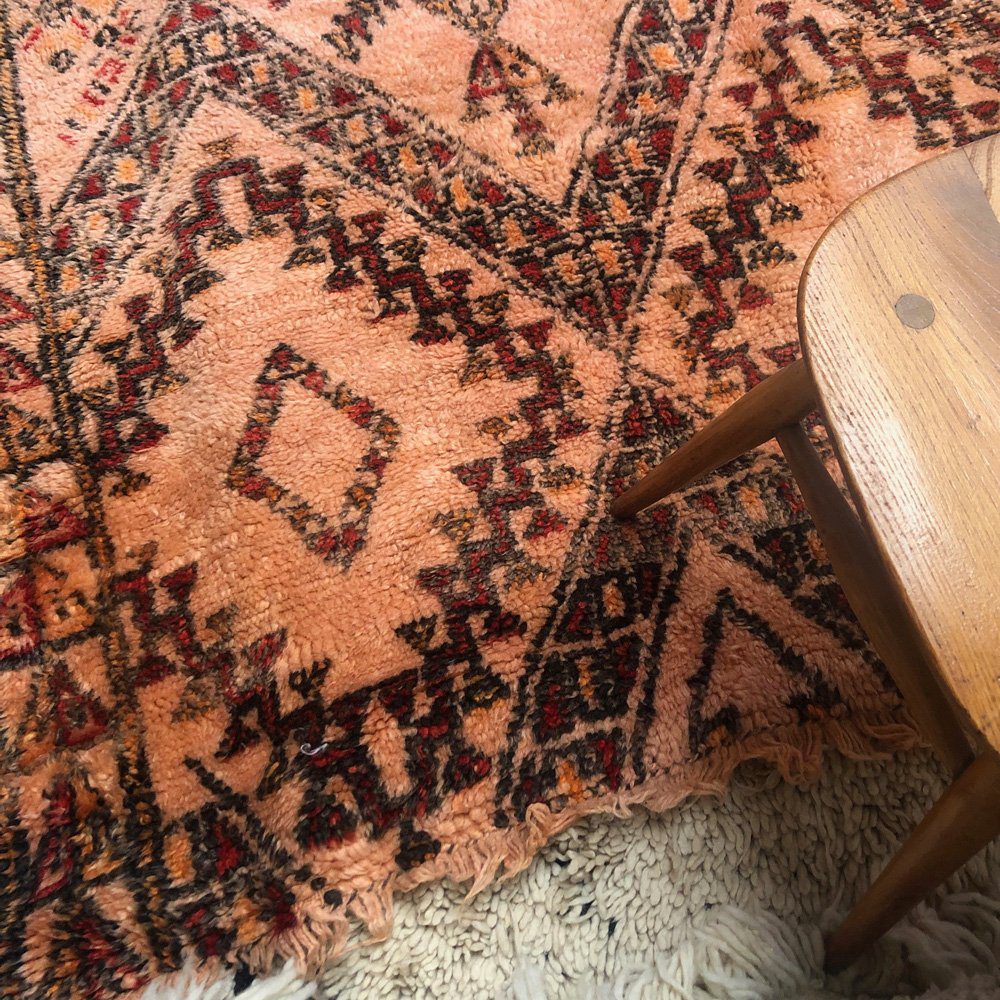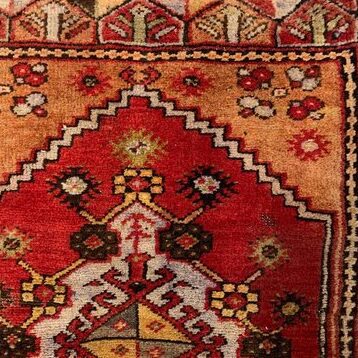The Essence of Bijar Rugs
Defining Features and Origin
Bijar rugs, originating from the small town of Bijar in Iranian Kurdistan, are known for their exceptional durability and unique aesthetic. The term 'bijar rug' encapsulates a legacy of rug making that dates back centuries. These rugs, often referred to as 'bijar Persian rug', stand out for their distinct, dense weaving and rich, deep colour palettes.
Traditionally hand-knotted by Kurdish weavers, Bijar rugs are celebrated for their 'iron-like' quality, a testament to the extraordinary craftsmanship that goes into each piece. The weaving technique used in Bijar rugs involves wetting the warp and weft, which results in a uniquely dense and heavy rug, known for its ability to withstand years of wear.

The Rich History of Bijar Weaving
Bijar rugs are esteemed for their durability and intricate designs, originating from the Kurdish city of Bijar in the mountainous region of Northwestern Iran. The history of Bijar rugs is as robust as the textiles themselves, woven tightly by the Kurdish weavers known for their distinctive technique known as "wet weaving," which contributes to the rug's longevity and resilience. This practice involves adding an extra step in the weaving process, where water is poured over the rug and the weft is beaten down, causing a shrinkage that fortifies the rug’s structure.
Historically, the designs of Bijar rugs have been influenced by various Persian motifs, including floral patterns, garden designs, and medallions, with a distinctive use of rich, jewel tones like deep blues, reds, and ivories that remain vibrant through generations. The dyes are traditionally natural, derived from local plants and minerals, giving the Bijar rugs their characteristic depth of colour.
The knotting of Bijar rugs is another aspect of their heritage, often being double-knotted, which adds to their density and heavy pile, earning them the moniker "The Iron Rugs of Iran." Bijar weavers are typically from families that have passed down the craft for centuries, and the rugs they create are not only a testament to their cultural history but also a representation of their artistic expression and technical skill.
In the modern era, Bijar rugs continue to be highly valued by collectors and enthusiasts around the world, not only for their beauty and intricate designs but also for their exceptional craftsmanship and the legacy of the Kurdish weaving tradition they carry forward.
Bijar Rugs: A Synthesis of Art and Durability
Unique Knotting Techniques and Materials
Bijar rugs, emblematic of their enduring nature and sophisticated designs, are the epitome of artistic strength and longevity. The resilience of Bijar rugs, colloquially known as 'Bijar knotted carpets', is largely due to a specialized knotting method referred to as 'double wefting'.
This technique involves the addition of two or more horizontal wefts after each row of knots, resulting in a textile that is both dense and robust, capable of enduring substantial wear and tear through many years.
The materials chosen for these carpets, primarily robust, high-grade wool, are meticulously selected from local sources, ensuring a product that is not only durable but also of a premium quality that contributes to the carpet's substantial feel and rich texture.
Comparing Bijar Rugs within the Persian Rug Spectrum
Distinctive Characteristics and Market Value
Within the broad array of Persian rugs, Bijar rugs occupy a prestigious niche, noted for their unique features and esteemed standing in the international market. In addressing queries like 'What is a Kashan rug?' and examining the worth of different Persian rugs, it becomes clear that Bijar rugs present a remarkable contrast to other famed Persian styles. Characterized by their heavy construction, vibrant colour palettes, and elaborate geometric designs, these rugs are not only visually striking but are also constructed to last. Such attributes not only set them apart within the Persian rug continuum but also contribute significantly to their market value.
Collectors and aficionados often prize Bijar rugs for their combination of functional durability and intricate artistry, a dual quality that secures their place as both cherished heirlooms and valuable decorative pieces in the global market.
Joe Rugs - Carpet Expert
Hello! I'm Joseph Rugs, the founder of CarpetJoe.com and your guide through the intricate world of carpets. Born and raised in London with a deep-rooted passion for art and culture, I've explored the globe to bring the rich tapestry of carpet weaving right to your screen. My academic background in arts and humanities from Oxford has fuelled my curiosity, leading me to uncover the stories behind every knot and weave. As a family man, my adventures are shared with my loved ones, enriching our lives with every piece of art we encounter. Join me as we explore the beauty and craftsmanship of carpets together.
Common Types or Rugs
Each type of Oriental rug has its unique charm and story, making them more than just a luxury item; they are a piece of their country's cultural legacy. Collectors and enthusiasts of Oriental and Persian rugs appreciate them not only for their aesthetic appeal but also for their cultural, historical, and artistic significance.

Persian Rugs
Originating from what is now modern-day Iran, Persian rugs are celebrated for their unparalleled craftsmanship and enduring beauty.

Berber Rugs
Originating from the Berber tribes of North Africa, particularly Morocco, this type of carpet is renowned for its rugged texture and resilient nature.

Turkish Rugs
Turkish rugs have a legacy steeped in history and artistry, and have always been a symbol of exquisite craftsmanship and cultural significance.
Frequently Asked Questions
A Persian Bijar rug is a handwoven carpet originating from the town of Bijar in Kurdistan, Iran. Known for their durability and dense weaving, these rugs often feature rich, deep colors and intricate, geometric patterns. Bijar rugs are unique for their 'wet weaving' technique, making them exceptionally sturdy.
Bijar rugs can be identified by their tight, heavy weaving, and unique texture, often described as 'iron-like'. Look for characteristic geometric patterns, vibrant colors, and the sturdy construction. Bijar rugs are heavier than other Persian rugs due to their dense weaving.
The history of Bijar rugs dates back to the 16th century, with roots in Kurdish weaving traditions. These rugs were originally crafted by the Kurdish people in and around Bijar. Over time, they gained recognition for their durability, intricate designs, and use of rich colours.
Persian rugs are valuable due to their intricate handcrafted designs, high-quality materials, and cultural significance. The labor-intensive process of hand-knotting, combined with the use of natural dyes and fibers, results in a product that is not only beautiful but also durable. Antique Persian rugs, especially those that are well-preserved and have historical significance, are highly sought after and can be quite valuable.
Cleaning a Persian rug requires a delicate balance of gentle care and effective techniques. For regular maintenance, vacuuming without the beater bar is recommended to avoid damaging the fibers. For spills, blot immediately with a clean, dry cloth. Avoid using harsh chemicals; instead, use water and mild detergent, and rinse with clean water. For deep cleaning, it's advisable to consult professional rug cleaners who specialize in Persian rugs, as they have the expertise and equipment to clean without causing damage.

